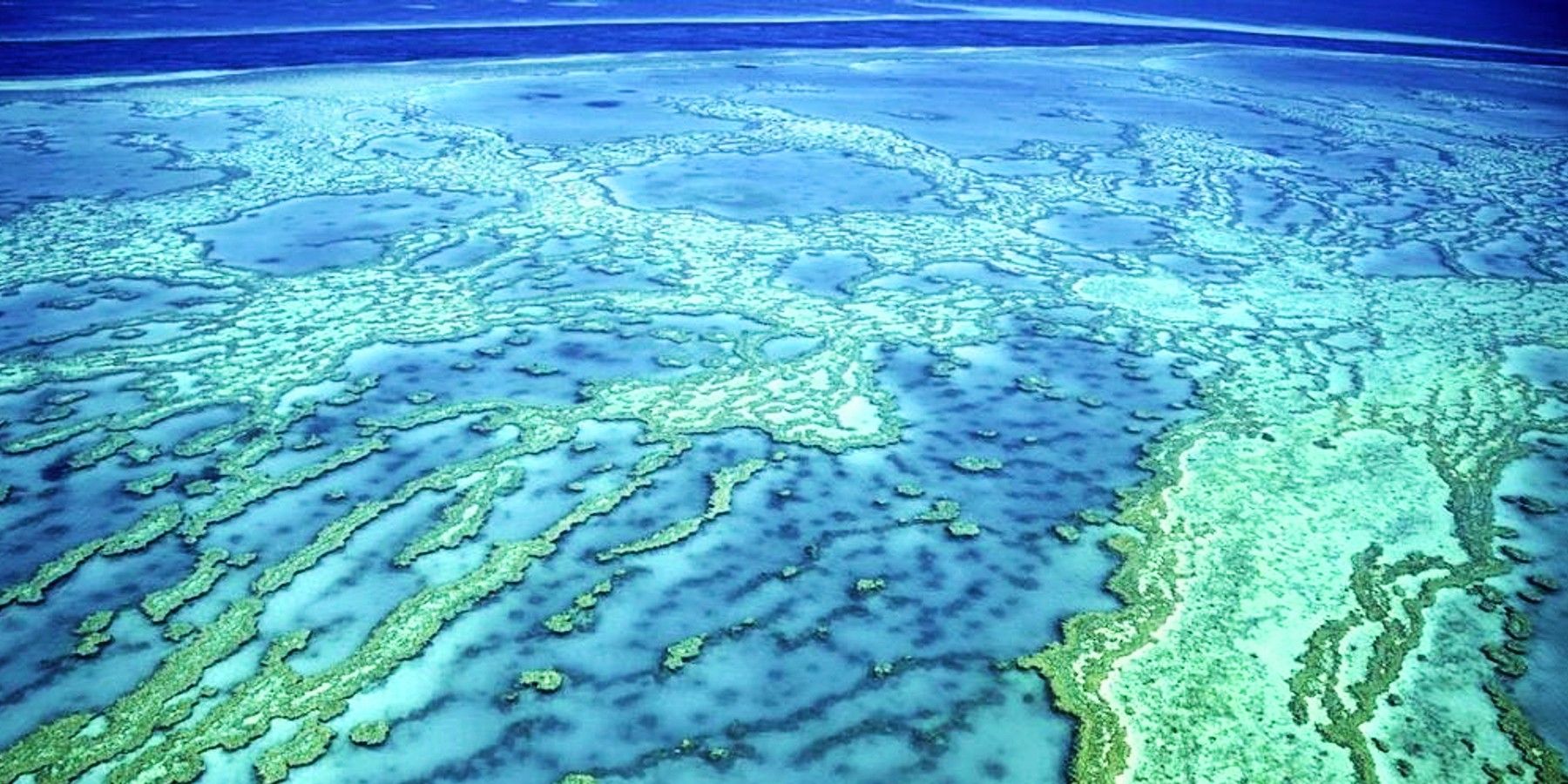Scientists are throwing all kinds of things into the ocean to revert climate change impacts by crushed rocks, iron, terrestrial biomass, and strange minerals. Carbon capture, a natural process, has transformed into an industry in the past years. The idea behind the sector is to capture carbon from the atmosphere to bring down emissions and save the planet from climate change.
Companies that offer carbon capture technology sell their services to other companies seeking carbon neutrality. The industry is growing fast but still needs innovation. Early last year, Ellon Musk offered $100 million for the best carbon technology. And Oceans absorb more carbon than all of the global rainforests combined.
In Gran Canaria, an island off the coast of Africa, scientists from GEOMAR Helmholtz Centre for Ocean Research are dropping crushed rocks into the ocean and testing how much carbon they absorb. They believe this could be a way to fight climate change. But scientists in Gran Canaria are not the only ones throwing things into the ocean. Another project wants to dump massive amounts of iron from several cargo ships. And yet another project, Project Vestas, intends to throw olivine, a magnesium iron silicate, in the waters of North Carolina, New York, India, and the northern Caribbean.
The Best Of The Worst Ideas
Crushed rocks used in Gran Canaria are mainly limestone. Limestone has a high level of alkalinity. Small-scale experiments have proven that limestone can absorb carbon from the atmosphere when submerged into the ocean. Alkaline rocks create a counter effect to acidification. As global emissions increase, the ocean absorbs more and more carbon. This absorption transforms the pH value of the ocean waters, making them more acidic. Acidification is driving a massive global phenomenon known as coral bleaching, killing corals in great numbers, never to recover.
GEOMAR’s project in Gran Canaria has been facing resistance and criticism. For the project to work, it needs to be scaled to monumental levels. A global mining effort as significant as today’s entire coal industry would have to be set in motion. However, even the leader of the Gran Canaria project, marine biologist Ulf Riebesell has his doubts. He explains that to capture 1 ton of carbon with this method, one to five tons of crushed rocks are needed, and that’s a lot of stones to throw into the ocean without affecting its environment. “It would be a huge undertaking. And should we even continue mining like this?” Riebesell says.
Similar arguments have been made to the idea of throwing hundreds, or thousands, of tons of iron into the ocean using cargo ship runs. The idea is not new. Years back, it gained popularity as Ocean Iron Fertilisation OIF. A study published by GEOMAR urges the world to do more research on OIF. They assure that it is not fully understood how a sudden iron boost could impact the marine environment and life. The best shot the world has today seems to be switching to green, cutting emissions, carbon capture technology plants, reforestation, and taking care of the natural resources, oceans and rivers. Dropping rocks into the oceans may be exciting science, but one needs to go directly to the source to fix a problem.


